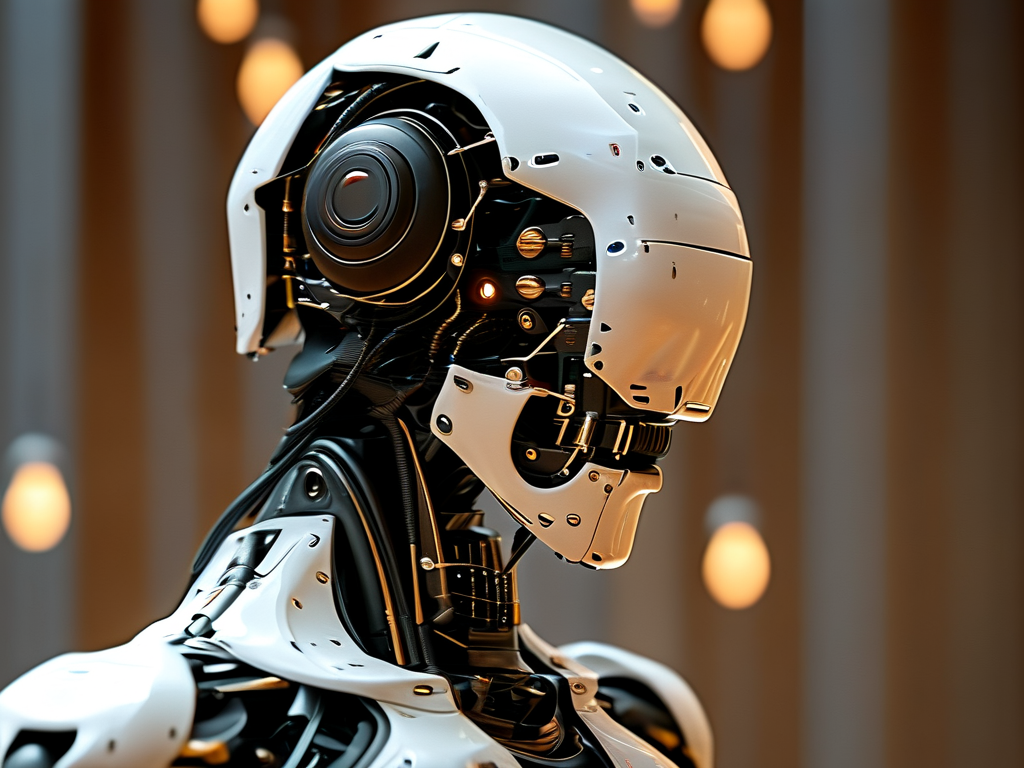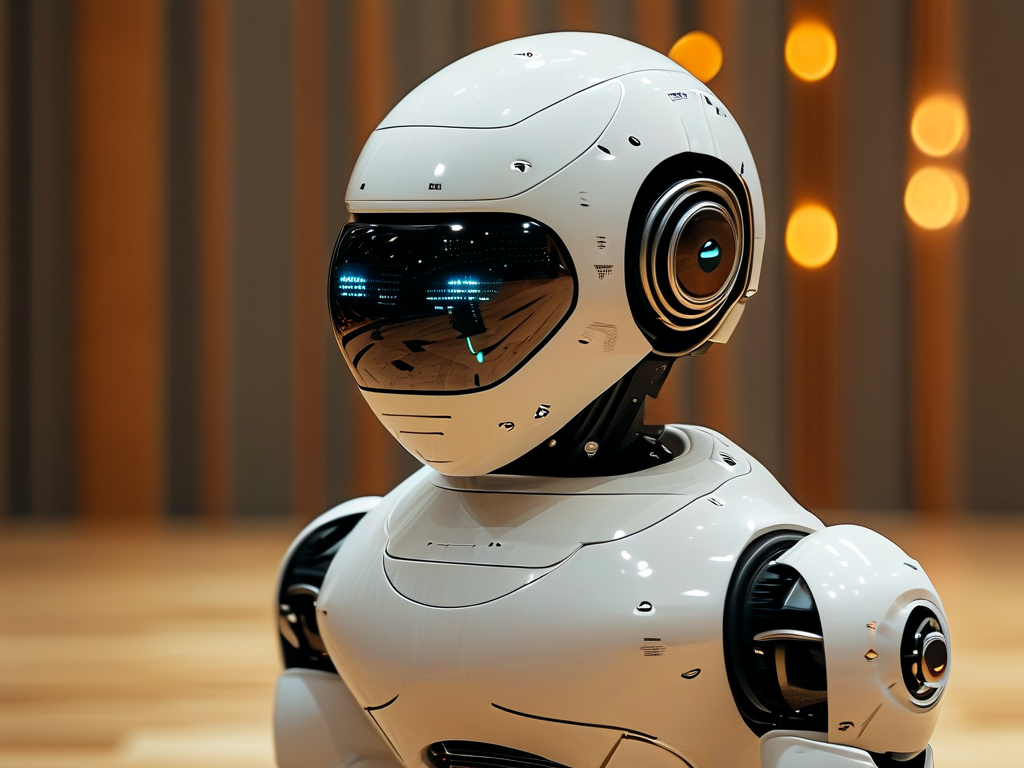The fusion of robotics and rhythm recognition technology is redefining how machines interact with creative human activities. By analyzing temporal patterns, emotional cadences, and contextual nuances, robots equipped with advanced algorithms are now capable of interpreting and responding to rhythmic inputs in ways that mirror human sensitivity. This breakthrough holds transformative potential across industries ranging from music education to therapeutic interventions.
Core Mechanisms of Rhythm Recognition
At the heart of robotic rhythm recognition lies a multi-layered analytical framework. Time-series sensors capture real-time data from audio or motion sources, while convolutional neural networks (CNNs) parse these signals into discrete rhythmic components. For instance, a robot trained to recognize musical beats might decompose a jazz drum sequence into kick patterns, snare accents, and hi-hat oscillations. Unlike traditional beat-tracking software, modern systems incorporate adaptive learning modules that adjust to tempo fluctuations or irregular time signatures, enabling fluid synchronization with live performers.
A notable innovation in this field is the integration of haptic feedback systems. Researchers at MIT’s Media Lab recently demonstrated a robotic arm that not only detects rhythmic patterns in a pianist’s playing but also physically adjusts its posture to match the performer’s dynamics. This bidirectional interaction—where the robot both "listens" and "moves"—relies on hybrid models combining reinforcement learning with biomechanical simulations.
Applications in Creative Industries
One groundbreaking application emerges in music therapy. Robots like RhythmiBot, developed by Sony’s AI division, use rhythm recognition to assist children with motor coordination challenges. By converting limb movements into rhythmic visualizations, the system encourages patients to engage in structured physical exercises disguised as dance games. Early clinical trials showed a 34% improvement in participants’ motor skills compared to conventional therapies.
In the entertainment sector, companies such as Disney Imagineering are experimenting with rhythm-aware animatronics. During a recent theme park show, a troupe of humanoid robots performed a choreographed routine alongside human dancers, their movements dynamically adapting to live orchestral tempo changes. This seamless collaboration was achieved through latency-optimized algorithms that process auditory cues within 5 milliseconds—a feat impossible for human performers to replicate consistently.
Technical Challenges and Ethical Considerations
Despite progress, significant hurdles persist. Ambiguous rhythms in free-form genres like avant-garde jazz or spoken-word poetry often confuse even state-of-the-art systems. A 2023 study by Berklee College of Music revealed that robots scored 22% lower than humans in accurately identifying polyrhythms in experimental compositions. To address this, teams are exploring quantum computing architectures to handle combinatorial rhythm variations more efficiently.
Ethically, the rise of rhythm-savvy robots sparks debates about artistic authorship. When an AI composes a drum track by analyzing thousands of Afrobeat recordings, who owns the output—the programmer, the algorithm, or the original artists? Legal frameworks remain woefully outdated, with the EU’s Copyright Directive barely addressing machine-generated creative works.

Future Trajectories
Emerging trends point toward cross-modal rhythm integration. Startups like BeatMind are prototyping robots that synchronize musical rhythms with visual light shows and olfactory outputs (e.g., releasing scent bursts timed to bass drops). Meanwhile, military researchers are adapting these technologies for tactical applications, such as drones that detect irregular heartbeats in combat medevac scenarios.
As Dr. Emily Carter, a roboticist at Stanford, observes: "Rhythm recognition isn’t just about keeping time—it’s about decoding the pulse of human experience. The next frontier is teaching machines to distinguish between a metronome’s tick and a lover’s heartbeat." With neuromorphic chips now mimicking the human auditory cortex’s temporal processing, that future may arrive sooner than anticipated.

Robotic rhythm recognition stands at the intersection of precision engineering and artistic intuition. While technical limitations remain, each advancement brings us closer to machines that don’t just compute rhythms but feel their cultural and emotional weight. As this technology matures, it will challenge our definitions of creativity and redefine collaboration between humans and intelligent systems.









